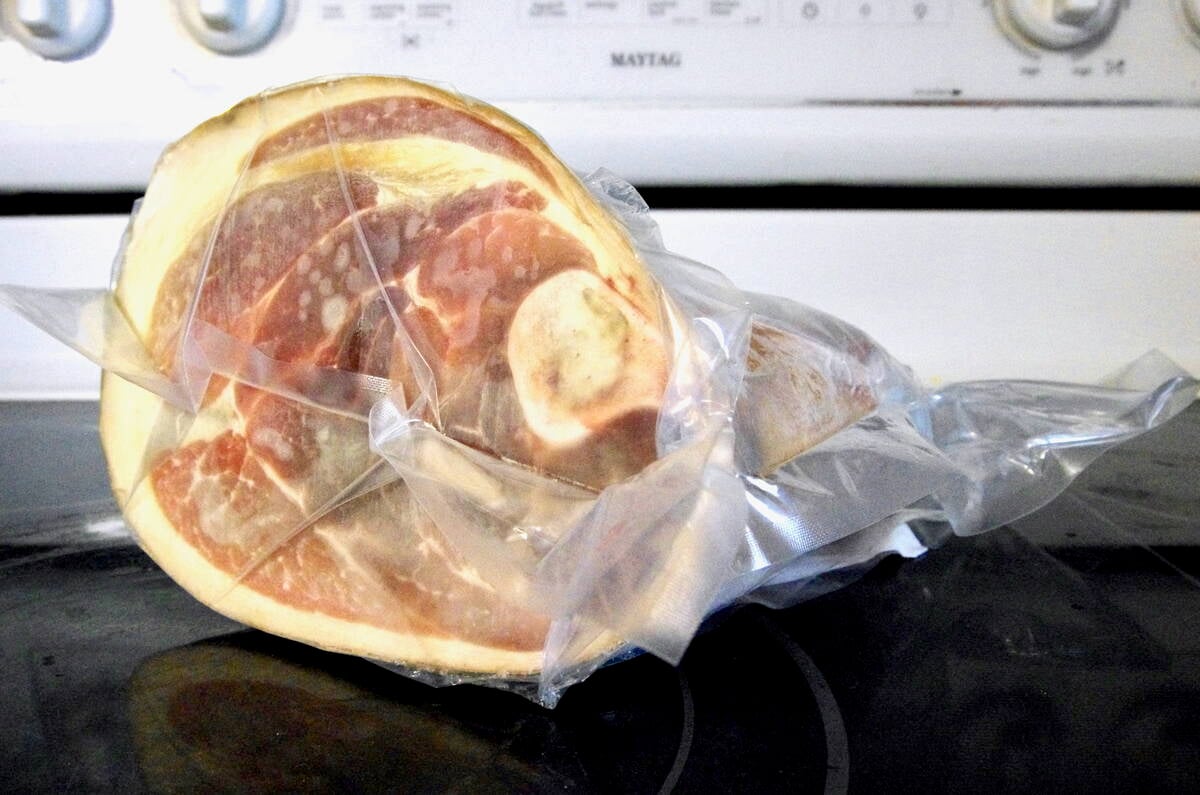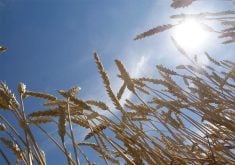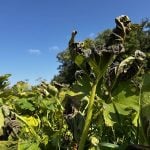The closure of the Weyerhaeuser pulp and paper mill in Prince Albert, Sask., won’t affect efforts to establish an agroforestry industry in the province, officials say.
Robin Woodward, chief executive officer of the Saskatchewan Forest Centre, said it’s too early for farmers to be affected by a plant closure.
“What we’re trying to do with farmers is get them involved with what is a long-term new crop,” he said.
These trees will be ready 15 to 20 years from now and by then questions will have been answered about the future of the Weyerhaeuser facilities.
Read Also

Trade war may create Canadian economic opportunities
Canada’s current tariff woes could open chances for long-term economic growth and a stronger Canadian economy, consultant says — It’s happened before.
The company announced Oct. 4 it would close its paper mill in January and its pulp mill in spring, citing an oversupply of paper and the strong Canadian dollar as reasons for putting 700 people out of work.
Woodward said Weyerhaeuser has its own trees and would not likely have bought from farmers. However, there is opportunity for farmers to supply smaller operations.
Farmers have just begun growing trees that will be suitable for oriented strand board, dimensional lumber products, ethanol and electricity.
“What we’re looking for is leadership from our federal and provincial governments that would turn it from a demonstration project into a viable crop,” Woodward said.
High front-end costs associated with buying, planting and looking after the seedlings for the first few years need to be addressed, he added.
Farmers are starting to get their heads around the idea of trees as part of a farm economy, especially those who live in the parkland region where trees were cleared to make way for farmland.
Some are looking at the environmental benefits while others like the economic possibilities. Some like the fit with their conventional farms because trees can be harvested in winter when they’re dormant.
“You can make per acre about three times as much over 20 years than in annual grain crops,” said Woodward. “The problem is it comes all in one year.”















